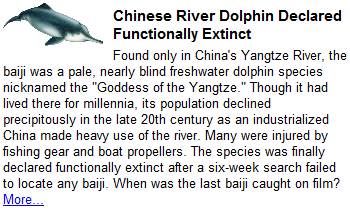internet connection on asia was damaged
PT Indosat Tbk. tell that 1,5 Gbps the internet capacity of Indosat, was left only 20 % it's just about 300 Mbps. PT Telkom Tbk. tell that 1,3 Gbps of internet capacity dan was left only 11 %, it's just about 145 Mbps. PT Excelcomindo Pratama Tbk. only left 20 % from the total capacity 300 Mbps,(50-60 Mbps).
PT Pasifik Satelit Nusantara (PSN) said that almost 80 % capacity of internet was used the satellite connection, so they safe from harm.
"the average of internet capacity on indonesia only left 17 percent".
All of Indonesia ISP was used fiberoptic wire as the main backbone, and used the satellite as they back up.
The Ministry of Communication and Information of Korean tell that the earthquake has damaged 9.985 comunication lines, that's include 9.871 reguler telephone lines, 92 dedicated lines and 33 internet lines.
The main problem is altough comunications line has been redirect to the other lines, m, but the track of dedicated lines was totally damaged. Unfortunately that line was used by 27 main corporated include Korea Exchange Bank, Kookmin Bank, and other banks, Foreigns Department and Reuters News.
Manager of PT Excelcomindo Pratama said to detikINET, that on Thursday (27/12/2006), almost 90 percent internet connection on Asia was lost by the cutdown of under water fibreoptic cable which caused by Taiwan earthquake.
Here is the Chronologic of Taiwan under the sea fibreoptic cable cutdown :
- Earthquake on Taiwan (7,1 richter scale)
- 26 Desember 2006 time: 19:27 WIB. Cable China - United States (CHUS) and South
East Asia-Middle East-Western Europe 3 (SMW3) down.
- 26 Desember 2006 time 21:58 WIB. Cable C2C (City to City) down.
- 26 Desember 2006 time 23:06 WIB. Cable Asia Pacific Cable Network 2 (APCN2)
Segment 7 (S7) down.
- 27 Desember 2006 time 01:00 WIB. Cable Asia Pacific Cable Network 2 (APCN2)
Segment 3 (S7) down.
- 27 Desember 2006 time 03.30 WIB. Cable Fiberoptic Link Around the Globe (FLAG) down
Cable East Asia Crossing (EAC) was able to used just after the earthquake.on EAC always used 2 line connection, Hong Kong-Osaka and Hong Kong-Singapura. but on 10:31 WIB EAC that was end too. Then APCN2, SMW3, CH-US, FLAG, RNAL, C2C, and APCN.
The internet connection for Asian country that still functionaly alive was via satellite,and Australia Japan Cable (AJC).













